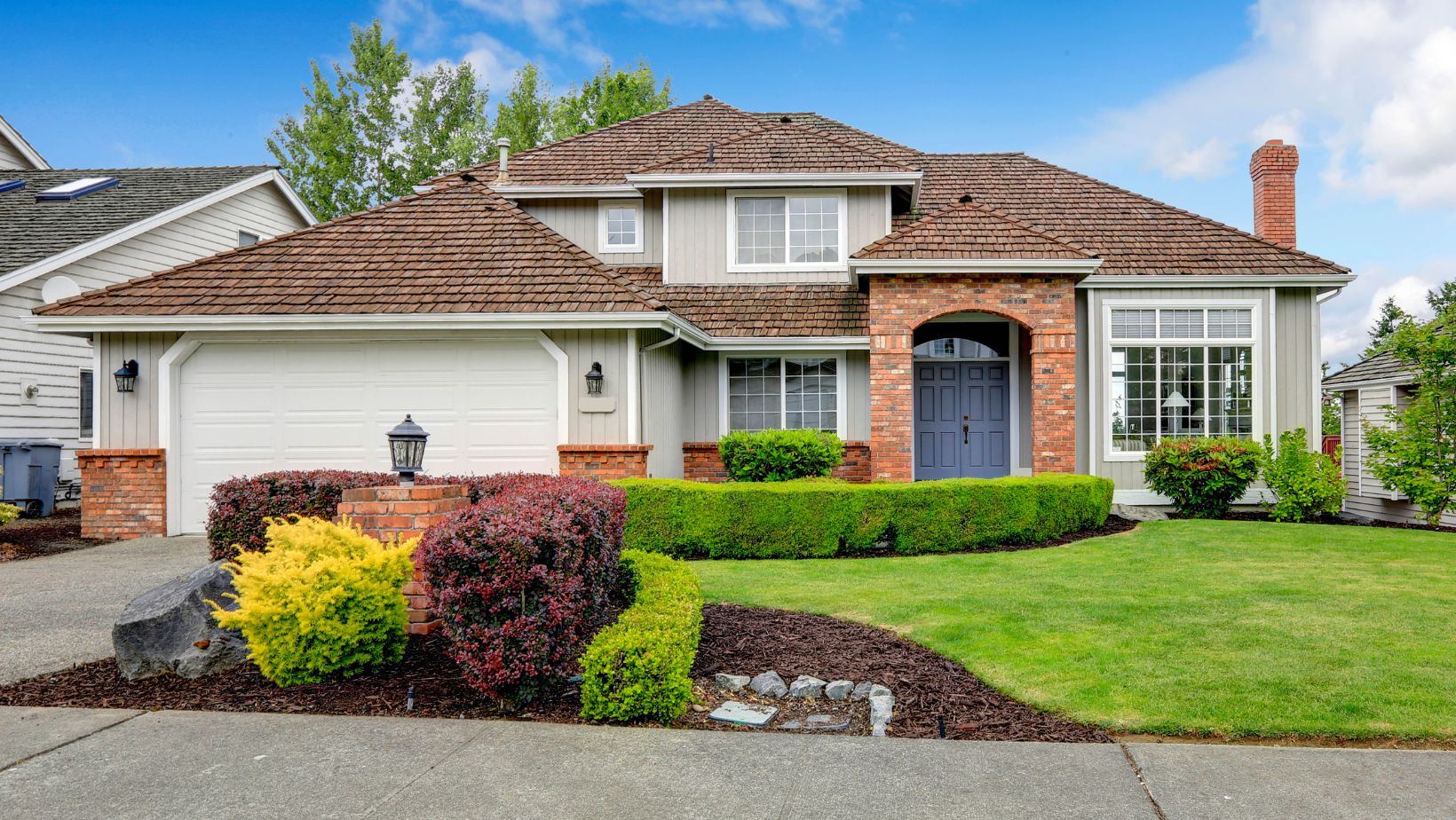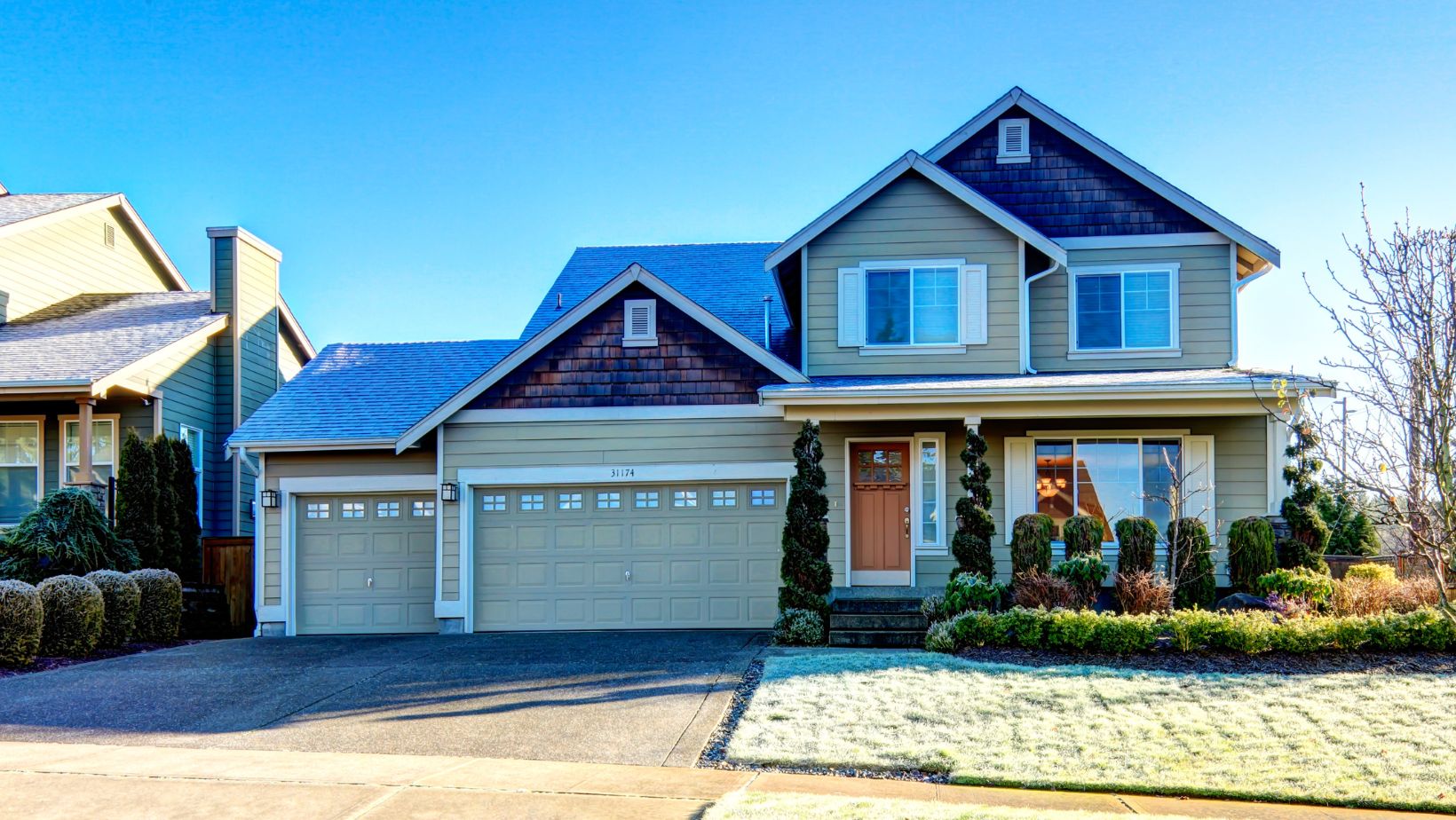Roofing, an essential aspect of home construction and maintenance, plays a crucial role in protecting a building from the elements. With a myriad of materials and techniques available, selecting the right roofing solution can be both exciting and overwhelming. Whether it’s the durability of metal, the classic appeal of shingles, or the eco-friendly options like green roofs, understanding the nuances of each choice is key.
As homeowners and builders navigate these options, it’s important to consider factors like climate, budget, and aesthetic preferences. Advances in roofing technology have introduced innovative materials and methods that promise enhanced performance and sustainability. This comprehensive guide aims to demystify the world of roofing, offering insights into the most popular materials, cutting-edge techniques, and essential maintenance tips.
Types of Roofing Materials
Selecting the right material ensures longevity and suitability for a specific environment. Each roofing material offers distinct advantages and requires consideration of factors like cost, durability, and installation ease.
- Asphalt Shingles: Widely used due to their affordability and versatility, asphalt shingles offer easy installation. They come in a range of colors and styles, making them suitable for various architectural designs.
- Metal Roofing: Known for durability and resistance to extreme weather, metal roofing includes options like steel, aluminum, and copper. It provides a longer lifespan, often exceeding 50 years, and reflects heat, enhancing energy efficiency.
- Clay and Concrete Tiles: These materials offer a distinct aesthetic and exceptional durability. Common in Mediterranean-style homes, they withstand harsh climates but require more structural support due to their weight.
- Wood Shakes and Shingles: Offering a rustic appearance, these materials provide good insulation. However, they may require more maintenance and are less fire-resistant than other options.
- Slate Roofing: With an elegant appearance and high durability, slate roofs can last over a century. Though more expensive, they resist fire and environmental damage effectively.
- Synthetic Roofing Products: Mimicking natural materials like slate, wood, or tile, these options are lighter and often more affordable. They offer versatility and a variety of design choices.
Careful selection among these materials influences the roof’s durability and appearance, aligning with homeowners’ preferences and property requirements.
Roofing Installation Techniques
Accurately executing roofing installation techniques enhances durability and performance, ensuring the roof’s longevity. The choice of technique varies based on material type, roof design, and climatic factors.
1. Nailing and Fastening Methods
Precision in nailing and fastening stabilizes roofing materials, preventing movement and leaks. For shingles, roofing nails or staples are employed, taking care to avoid over-driving nails. Fasteners used in metal roofing help withstand wind uplift.
2. Underlayment Application
Effectively applying underlayment acts as a secondary barrier against water. Asphalt-saturated felt and synthetic underlayment options offer different advantages. While asphalt felt is cost-effective, synthetic underlayment provides superior moisture resistance.
3. Flashing Techniques
Employing correct flashing techniques seals joints and intersections, averting leaks. Roof valleys and chimneys benefit from metal flashing, while rubberized or modified bitumen flashing secures edges.
4. Ventilation Installation
Proper roof ventilation installation maintains air circulation, preventing moisture build-up and extending material life. Ridge vents and soffit vents in attic spaces ensure regulated airflow.
5. Safety Practices
Implementing comprehensive safety practices safeguards workers and property. Using harnesses and scaffolding reduces the risk of accidents, especially during steep roof installations.
These techniques optimize roofing system performance. When applied precisely, they ensure weather resistance and structural integrity.
Roofing Maintenance Tips
Regular Inspection Ensures Longevity
Roofing inspections should occur at least twice a year, typically in spring and fall. Identifying issues early, such as damaged shingles or leaks, prevents minor problems from escalating.
Cleaning Keeps Roofs Pristine
Debris like leaves and branches must be removed regularly, as they can trap moisture and cause mold. Use a soft broom or leaf blower to avoid damaging the roof material during cleaning.
Gutter Maintenance Protects Structure
Gutters should be cleaned bi-annually to prevent water buildup that can damage roof edges. Ensuring gutters are clear and downspouts are functioning aids in proper drainage.
Attic Ventilation Reduces Excess Moisture
Adequate ventilation prevents heat and moisture buildup, which can damage insulation and roofing structure. Installing vents or fans helps circulate air, reducing potential strain on the roof.
Address Roof Repairs Promptly
Immediate action on visible damage, such as cracks or missing shingles, maintains roof integrity. Prompt repairs prevent further deterioration and higher costs later.
Use of Professional Services for Complex Maintenance
While minor upkeep can be done by homeowners, complex tasks like structural repairs benefit from professional expertise. Companies like Plum Pro offer services with skilled labor to ensure quality maintenance.
Energy-Efficient Roofing Options
Energy-efficient roofing helps reduce heating and cooling costs, enhancing sustainability. Research highlights several materials and techniques enhance energy efficiency in roofs.
- Cool Roofs: Cool roofs, using reflective material or coatings, lower roof temperature by reflecting more sunlight. This reduces heat transfer to the building, ideal for sunny climates. The DOE mentions that cool roofs can decrease cooling energy use by 10-15%.
- Metal Roofs: Metal roofs offer high solar reflectance, contributing to energy savings. With proper coatings, this option also provides substantial insulation. The durability and low maintenance of metal roofing make it a popular choice for energy efficiency.
- Green Roofs: Green roofs, which incorporate vegetation, provide superior insulation. By reducing the urban heat island effect, they help maintain comfortable indoor temperatures. This technique requires professional installation, often involving landscape architects.
- Solar Shingles: Solar shingles integrate photovoltaic cells to convert solar energy into electricity. They serve dual functions, protecting the home and generating energy, thus lowering energy bills. For maximum efficiency, installation by certified professionals is recommended.
- Clay and Concrete Tiles: These tiles naturally provide thermal insulation. Clay and concrete have inherent reflective properties that enhance comfort in hot climates. Longevity and aesthetic value add to their appeal alongside energy efficiency.
Innovations in energy-efficient roofing address environmental and economic concerns. Homeowners benefit from reduced utility costs and contribute to a sustainable future by selecting such roofing options.
Choosing the Right Roofing Contractor
Selecting a skilled roofing contractor ensures quality installation and durability. Homeowners should consider several factors to find a trustworthy professional.
- Experience and Expertise: Verify the contractor’s experience in handling diverse roofing projects. If they specialize in specific materials like shingles or metal, they can provide insights into the best practices for those materials.
- Licensing and Insurance: Confirm that the contractor holds a valid license and insurance. This protects both the homeowner and the workers in case of accidents or damage during the project.
- Reputation and References: Research online reviews and ask for references. A contractor with positive testimonials and a strong reputation likely delivers satisfactory results.
- Detailed Estimates: Obtain written estimates detailing the scope of work, materials used, and costs. This transparency helps in comparing different contractors and making informed decisions.
- Warranties and Guarantees: Inquire about the warranties offered on materials and workmanship. A contractor providing substantial guarantees shows confidence in their services.
- Communication and Professionalism: Evaluate their communication skills and professionalism during initial consultations. A reliable contractor openly discusses project timelines, potential issues, and solutions.
Homeowners can ensure a seamless roofing experience by carefully assessing these aspects when hiring a contractor. Proper selection contributes significantly to the roof’s long-term performance and the property’s overall value.
Repairing vs. Replacing a Roof
Repairing a roof involves fixing specific areas of damage. Common issues include isolated leaks, damaged shingles, or minor flashing problems. Repairs extend the life of the existing roof by addressing localized wear and tear. Homeowners should opt for repairs when the roof is relatively young, with small-scale damage affecting only a limited portion. This approach preserves the integrity of the roof without significant expense.
Replacing a roof requires stripping and installing new materials across the entire structure. Replacement is essential when the roof suffers widespread damage, has reached the end of its lifespan, or experiences persistent problems beyond repair. This process ensures comprehensive protection and enhances property value. Signs that point to replacement include extensive water damage, sagging, or frequent costly repairs.
Choosing between repair and replacement depends on factors like the roof’s age, material condition, and the extent of damage. Consulting a professional helps determine the best course of action for maintaining or enhancing the roof’s performance and longevity.
Conclusion
Roofing plays a vital role in safeguarding homes and enhancing their value. By understanding the diverse materials and techniques available, homeowners can make informed choices that align with their climate, budget, and aesthetic preferences. Advancements in roofing technology offer improved performance and sustainability, making it essential for individuals to stay informed about the latest options. Regular maintenance and professional guidance are crucial for ensuring a roof’s longevity and effectiveness.



























